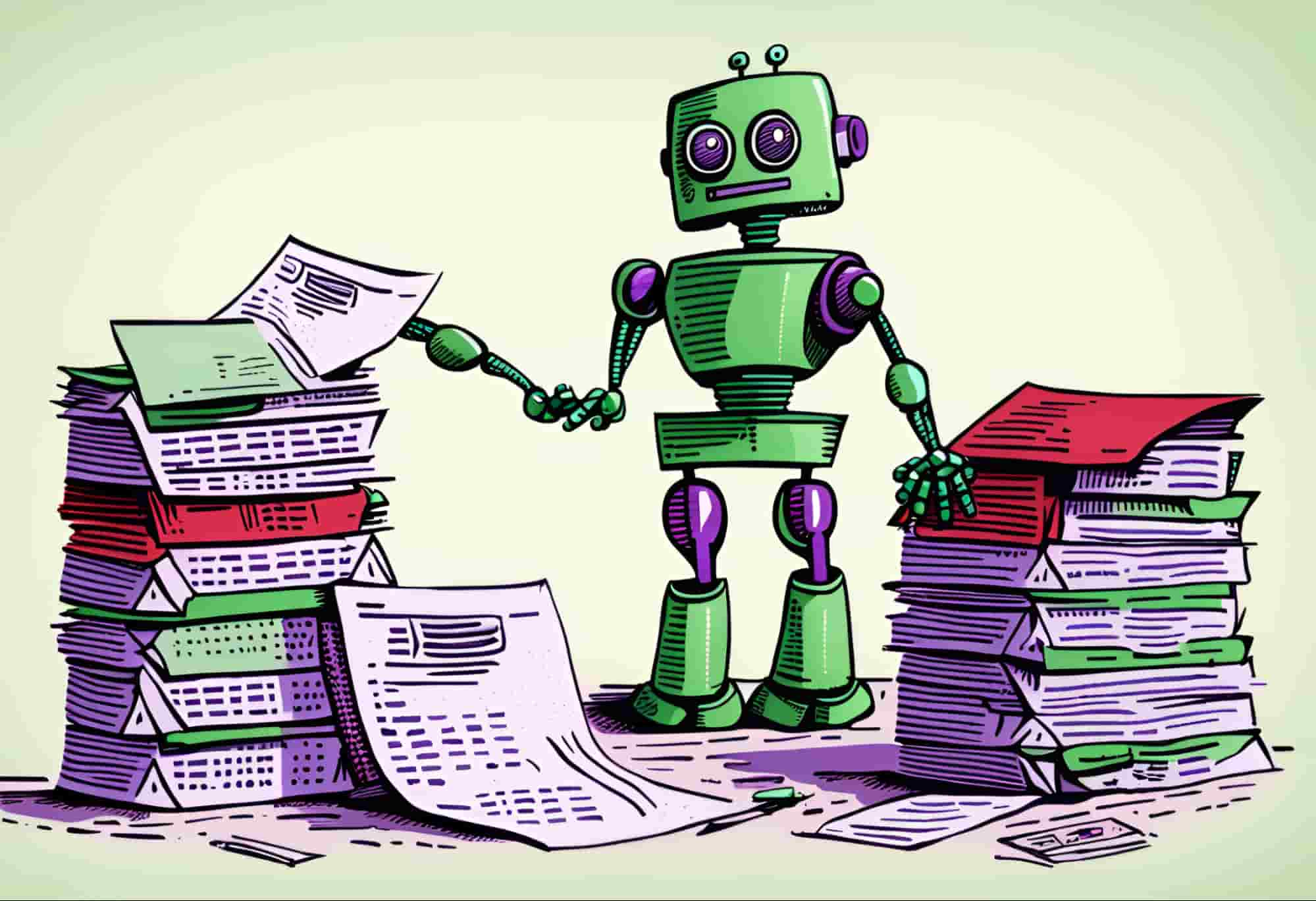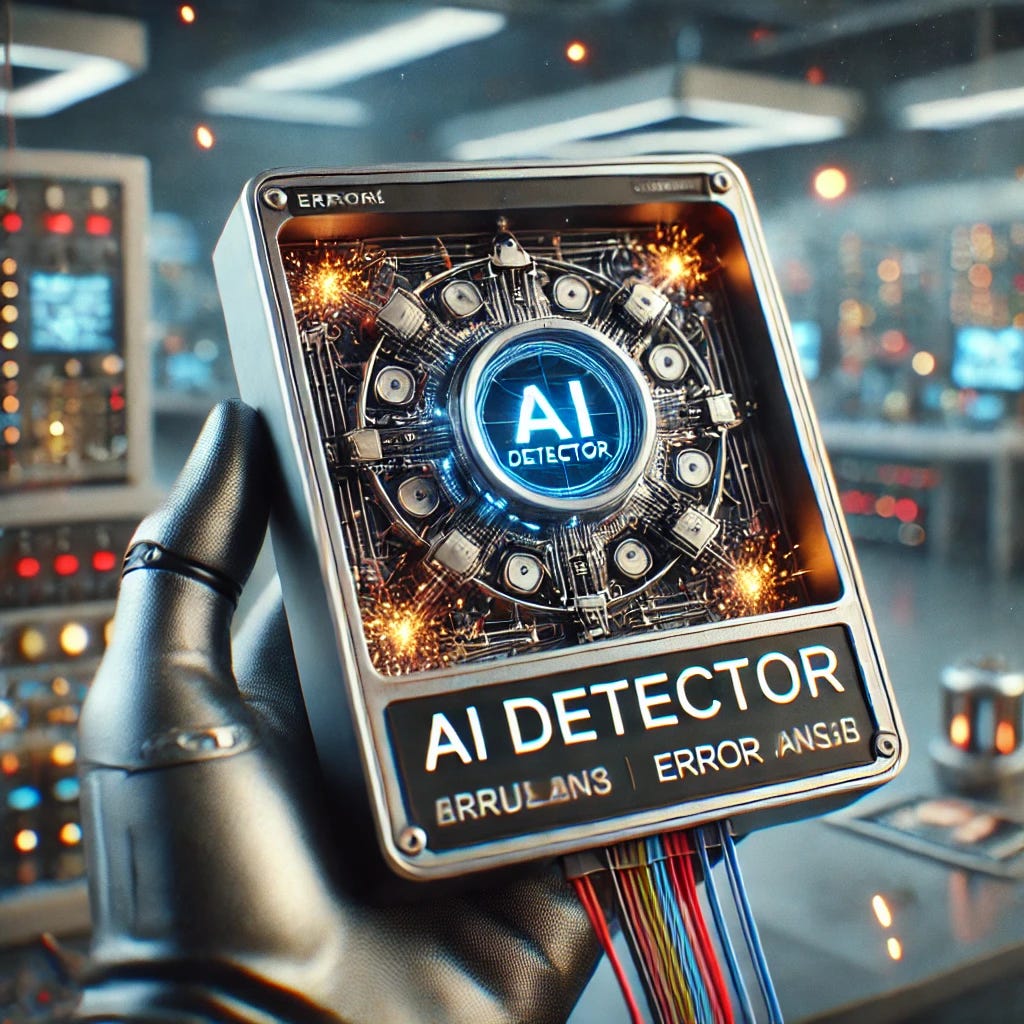Comprehending the Relevance of an Ai Detector in Today's Digital Landscape
As artificial intelligence continues to penetrate different facets of web content development, comparing human-generated and machine-generated material has actually ended up being increasingly complicated. This advancing landscape presents substantial obstacles related to credibility and trustworthiness, requiring the advancement of AI discovery devices. These tools not only aid in determining AI-produced material but likewise copyright the honesty of details circulation. Understanding their function comes to be critical as we navigate a future where the reliability of media is under constant scrutiny. What effects might this have for creators and consumers alike?
The Increase of AI Material

The surge of AI-generated web content has significant implications for numerous sectors, including journalism, home entertainment, and advertising and marketing - ai detector. Organizations are increasingly making use of these modern technologies to improve performance, individualize web content, and engage audiences a lot more successfully. The capability to examine large datasets allows AI systems to customize material to meet details customer preferences, supplying a much more personalized experience
Nevertheless, the spreading of AI web content additionally raises vital considerations for content designers and consumers alike. As AI becomes much more integrated into material manufacturing operations, recognizing the subtleties of AI-generated material is essential for maintaining high quality and relevance in a rapidly advancing digital environment. Embracing this technological innovation while remaining vigilant regarding its implications is important for stakeholders in the digital media landscape.
Difficulties of Credibility
The emergence of AI-generated material has presented significant difficulties concerning authenticity in digital media. As algorithms end up being much more sophisticated, comparing machine-generated and human-created material becomes increasingly difficult. This blurring of lines increases issues about the credibility of information and the potential for misinformation to proliferate.
One of the main obstacles is the erosion of count on amongst customers. With AI with the ability of creating reasonable text, images, and videos, people may locate it testing to discern authentic sources from deceitful ones. This suspicion can bring about a more comprehensive mistrust of all digital material, complicating efforts to identify trustworthy details.
Furthermore, the effects for copyright are substantial. As AI devices create material based upon existing works, inquiries regarding ownership and creativity arise. Web content designers might battle to shield their work from anonymous AI reproductions, undermining their rights and source of incomes.
Lastly, the possibility for destructive usages of AI-generated material, such as deepfakes and computerized publicity, presents major moral and social dangers. These obstacles emphasize the urgent need for structures that maintain credibility in the electronic landscape, guaranteeing that details stays reliable and dependable.
Function of AI Detectors
Addressing the difficulties of credibility in electronic media requires ingenious solutions, and AI detectors have become a critical device in this initiative. These technologies are created to examine and determine content created by artificial knowledge, therefore facilitating the discernment between machine-generated and human-created products. The duty of AI detectors expands past simple identification; they additionally add to maintaining the integrity of info taken in by the public.
AI detectors use innovative algorithms to inspect various elements of digital web content, including etymological click here for more patterns, architectural abnormalities, and certain pens that show automation. Their application extends numerous markets, including journalism, education, and social networks, where the existence of AI-generated content can lead to false information and erosion of trust.

Benefits of Making Use Of AI Detectors
Making sure authenticity in electronic content symbolizes the basic demand for count on in info sources, and AI detectors act as an effective ally in this quest. By determining AI-generated material, these tools assist maintain the honesty of information, thus protecting customers from misinformation and boosting overall content high quality.
Among the main advantages of making use of AI detectors is their ability to streamline content confirmation procedures, substantially minimizing the time and effort needed to analyze the authenticity of digital products. This efficiency permits material makers, instructors, and organizations to concentrate on generating dependable and high-quality details, instead of investing too much sources on fact-checking.
In addition, AI detectors foster liability among material designers. The knowledge that AI-generated material can be identified encourages openness and ethical techniques in web content manufacturing. This, in turn, adds to a much more informed electronic community, as individuals can with confidence involve with validated information.
Future of Web Content Verification
As the landscape of electronic content remains to progress, the future of content confirmation tests both presents and opportunities for keeping authenticity. As AI innovations development, so also do the methods for producing and sharing false information (ai detector). This arms race between material designers and verification tools necessitates the growth of much more advanced AI detectors efficient in critical genuine content from adjusted or produced material
Moreover, the surge of decentralized innovations, such as blockchain, holds promise for validating material provenance, ensuring that customers can trace the beginnings of the info they consume. Eventually, the future of material verification will certainly pivot on our capability to introduce despite you can try these out developing hazards, cultivating an electronic environment where authenticity is identified and maintained as an essential principle.
Conclusion
To conclude, the proliferation of AI-generated material requires durable mechanisms for credibility verification. AI detectors offer a crucial function in discerning machine-produced materials, thereby improving trust and accountability within the electronic environment. As false information proceeds to evolve, the execution of dependable detection devices will be necessary for securing the stability of info and cultivating a much more enlightened area. The future of content verification depends upon the effectiveness of AI detectors in maintaining reputation across various media platforms.
AI material development tools, such as all-natural language handling models and generative adversarial networks, enable people and organizations to generate top quality web content at unprecedented speeds and lower expenses.
However, the spreading of AI content likewise raises crucial considerations for web content creators and customers alike. As the refinement of AI-generated content proceeds to advance, the role of AI detectors comes to be increasingly vital in protecting credibility and promoting transparency in digital communication. The knowledge that AI-generated content can be identified urges openness and moral methods in material manufacturing.As the landscape of electronic web content continues to evolve, the future of web content verification offers both challenges and possibilities for maintaining credibility.